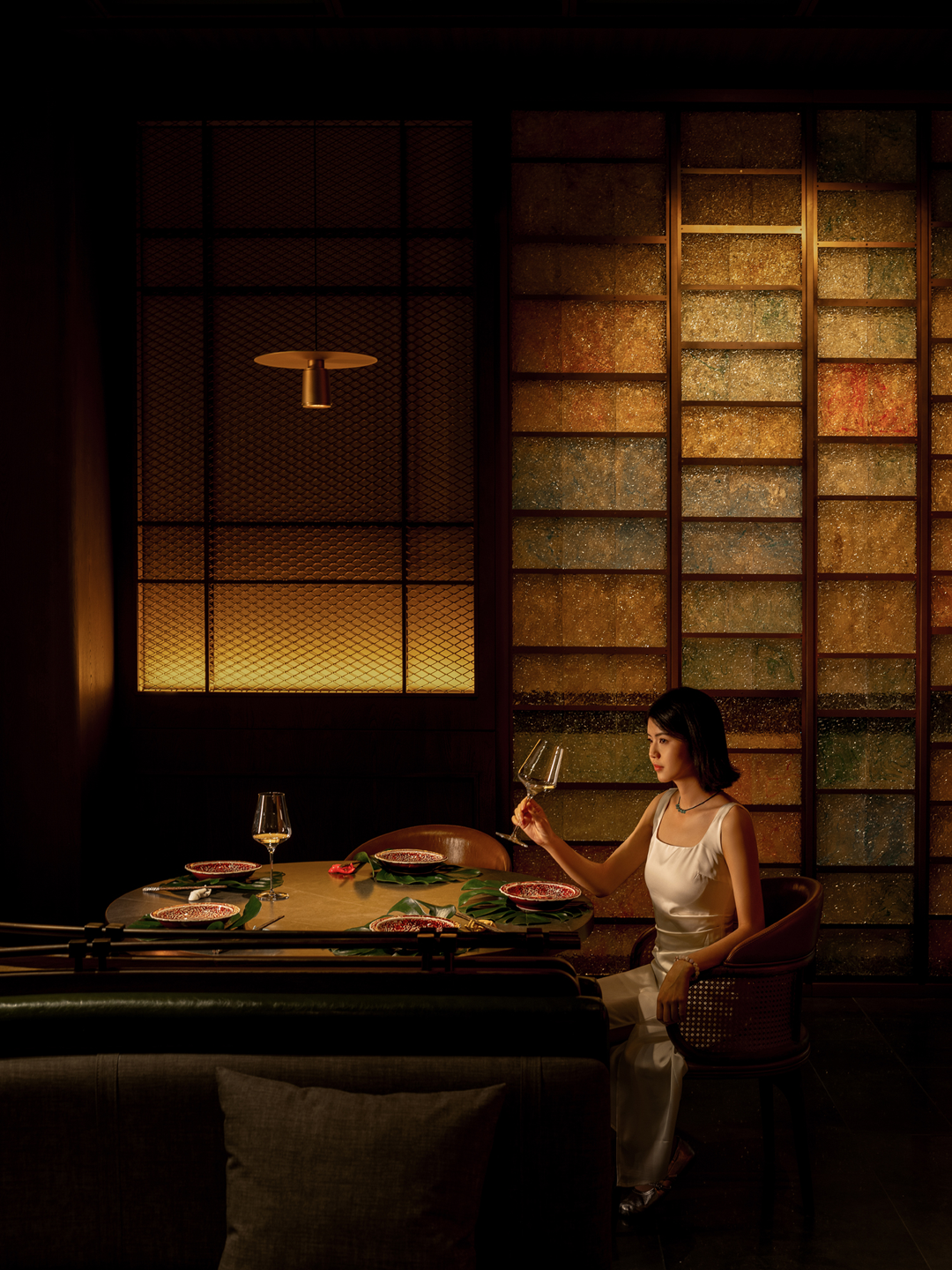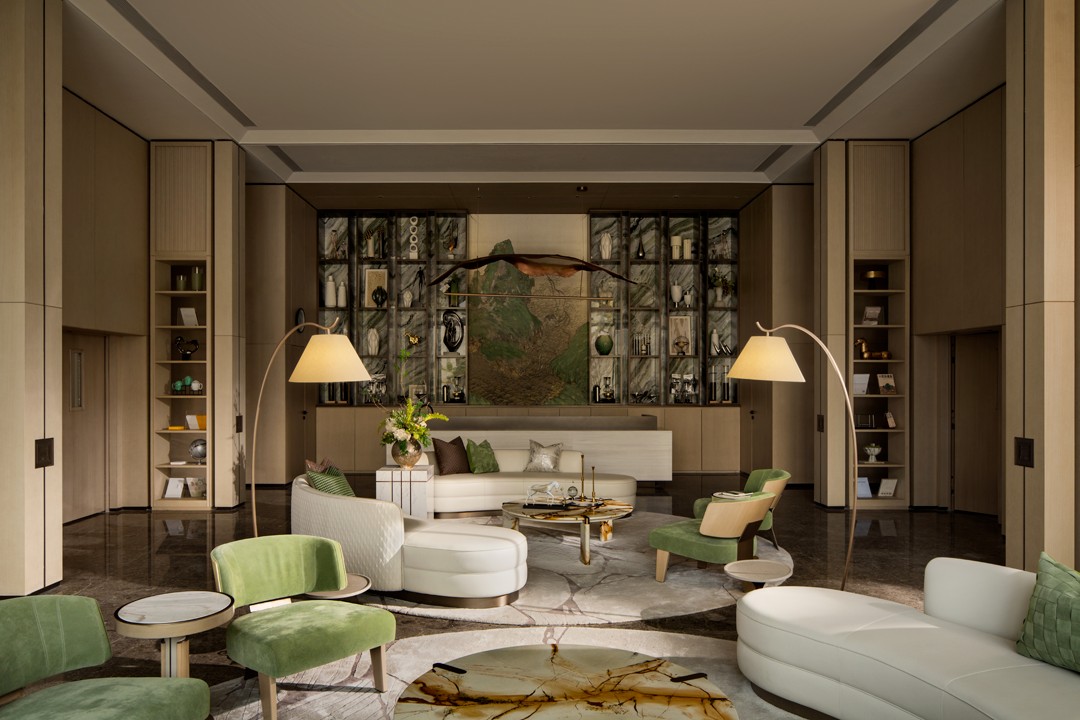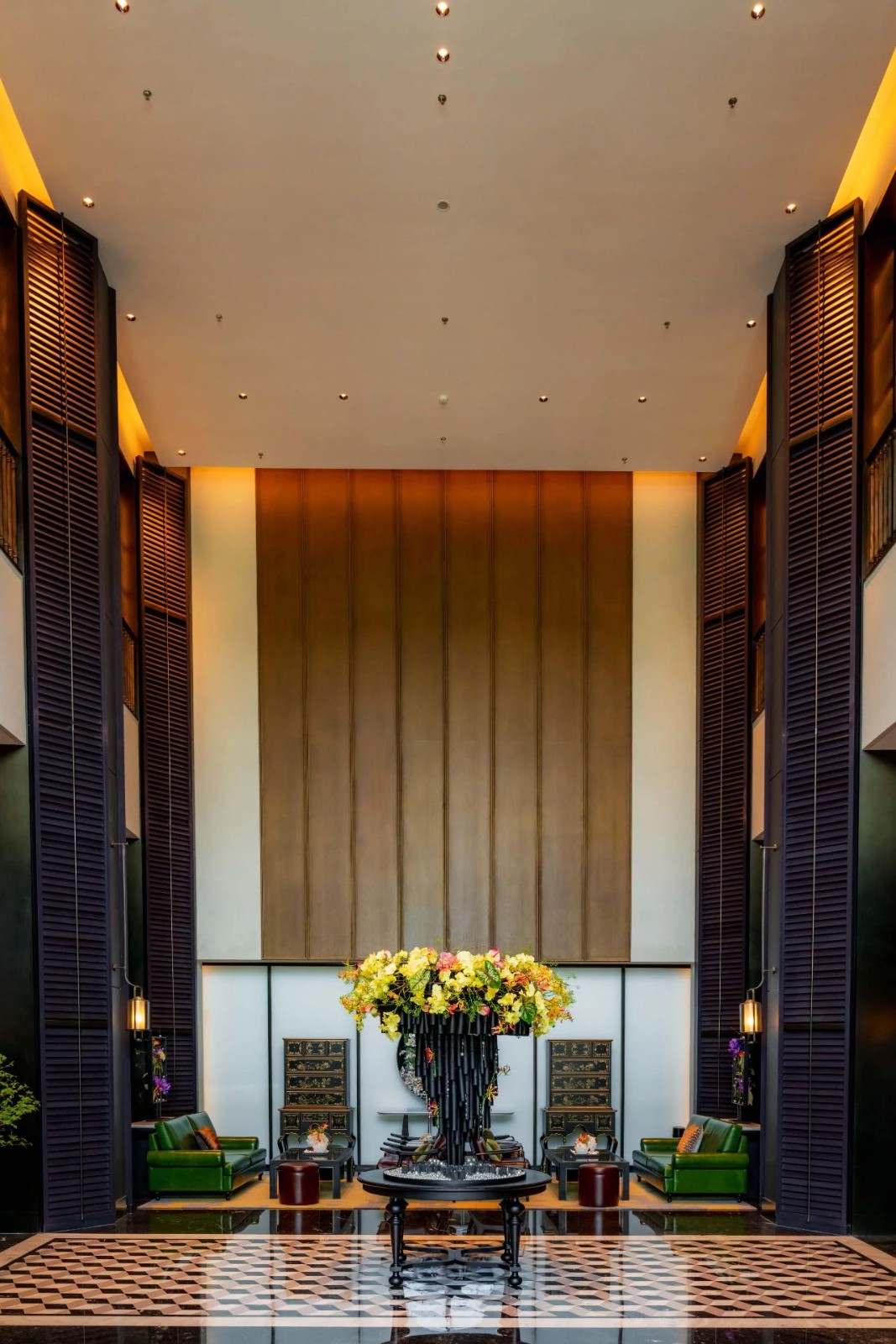Lockeport Beach House by Nova Tayona Architects
2017-11-10 18:54
Architects: Nova Tayona Architects Project: Lockeport Beach House Location: Nova Scotia, Canada Area: 205 m2 Photography: Janet Kimber Courtesy of v2com newswire
建筑师:Nova Tayona建筑项目:Lockeport海滩住宅地点:加拿大新斯科舍:205平方米摄影:v2com新闻频道的Janet Kimber礼貌
Within a protected cove along the South Shore of Nova Scotia, at the end of a stretch of sand, a river empties out into the sea. Time and tides have created a one-kilometre forested sandbar on which this beach house lightly sits.
在新斯科舍南岸一处受保护的海湾内,在一段沙子的尽头,一条河流排入大海。时间和潮汐创造了一公里长的森林沙洲,这座海滨别墅就坐落在沙洲之上。
Despite its dramatic location on an expanse of shoreline, the clients also were drawn to the internal, cozy character of the site, and so, Lockeport Beach House is an oxymoron. Scraggly tamarack and spruce trees covered in Old Man’s Beard are very particular to some areas of Nova Scotia and thrive in the 10 cm of shallow soil here. The trees shelter the site from the openness of the beach, defend against sandbank erosion, and create a very specific sense of place.
尽管其戏剧性的位置在广阔的海岸线上,客户也被吸引到网站的内部,舒适的性格,因此,洛克波特海滩大厦是一个矛盾。在新斯科舍的一些地区,杂乱无章的塔马拉克和云杉树被老人的胡子覆盖着,它们在这里10厘米的浅层土壤中茁壮成长。树木遮挡了海滩的开阔,抵御了沙洲的侵蚀,创造了一种非常特殊的位置感。
A mandate of protecting the sandbank, and the clients’ appreciation of hearing the ocean, but not seeing it were starting points for siting strategy. They did not want their new house to be on display from the beach, and the design response celebrates the property as a site within a larger site of unspoiled coastline. Resisting the urge to expose the house to the beach created a framework for the overall design that works to highlight and respect the inherent beauty of a forest site beside the sea.
保护沙洲的任务,以及客户欣赏海洋,但没有看到它是选址战略的起点。他们不想在海滩上展出他们的新房子,而设计反应则是在一个没有被破坏的海岸线的更大的地点内庆祝他们的房产。抵制将房子暴露在海滩上的冲动,创造了一个整体设计框架,以突出和尊重海边森林遗址的内在美。
The Lockeport Beach house is elevated on helical piles bearing six meters into the sand, minimizing excavation, tree clearing and sandbank erosion. Oriented 20° west of south, the design takes advantage of passive solar orientation, and catching light. At 10’ deep, the 48’ wide cantilevered roof culminates into a razor-edge. It provides shade in the summer, and allows the low winter sun to warm the concrete floors in the cold season. The asymmetrical gabled roof also leverages coastal storms, collecting rainwater that is funneled into three 1750 gallon (6700 litre) cisterns, providing the sole source of water for the house. The scale and relationship of the private and communal spaces and their views to the exterior reflect the initial impressions of the site – at once cozy and intimate, yet open, and expansive – and expresses a series of spatial experiences as one moves through the house.
Lockeport海滩房屋被提升到螺旋桩上,支承6米进入沙地,最大程度地减少了开挖、树木清理和沙堤侵蚀。设计以南西20°为导向,利用无源太阳定向,捕捉光线。在10深的时候,48宽悬臂屋顶最终形成一个剃刀边缘。它提供了夏季的遮阳,并允许寒冷的冬季太阳在寒冷季节温暖混凝土地板。不对称的山墙屋顶还利用了沿海风暴,收集雨水,汇入三个1750加仑(6700升)的水箱,为房屋提供了唯一的水源。私人和公共空间的规模和关系及其与外部的视图反映了现场最初的印象--既舒适又亲密,又开放,而且广阔--并表示了一系列空间体验。
A typical response for waterfront property would be to clear the tree line to reveal the view, however, this project seeks to maintain as much as possible, the site as-found. From the beach, and to locals, the house is hidden; its modest siting plays a small role in preserving the unspoiled forest edge and coastline.
滨水区物业的一个典型反应将是清除树木线,以显示视图,然而,这个项目寻求尽可能多地维护,该网站已被发现。从海滩到当地人,房子是隐藏的;它的温和位置在保护未被破坏的森林边缘和海岸线中起到了很小的作用。
 举报
举报
别默默的看了,快登录帮我评论一下吧!:)
注册
登录
更多评论
相关文章
-

描边风设计中,最容易犯的8种问题分析
2018年走过了四分之一,LOGO设计趋势也清晰了LOGO设计
-

描边风设计中,最容易犯的8种问题分析
2018年走过了四分之一,LOGO设计趋势也清晰了LOGO设计
-

描边风设计中,最容易犯的8种问题分析
2018年走过了四分之一,LOGO设计趋势也清晰了LOGO设计


























































